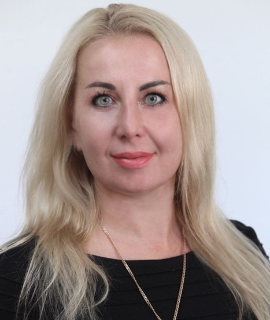Title: TMJ dysfunction in orthodonics
Abstract:
S n increase in the prevalence of painful dysfunctions of the temporomandibular joints (TMD), which, according to the modern views of the theory of combined pathogenesis, has neuromuscular, occlusive-articulation, psychophysiological, psychoemotional, and ischemic components, up to 82-87% among the general applications of dental patient’s profile indicates the need for new scientific research in this direction. And the increase in manifestations of the phenomenon of pain and its diversity in TMJ dysfunctions indicates that traditional therapy remains insufficiently effective and needs correction and improvement. Sensory nerve endings play a basic role in regulating the tone of the muscles of the head and neck, causing an increase in tone due to the activation of certain areas of the cerebral cortex. Management of the chewing reflex occurs due to the creation of a loop: sensory neurons - spinal cord - cerebellum - cerebral cortex - regulation of muscle contraction, creation of the position of the head and neck, shoulders, sternum. The result of violations in this system chain is an imbalance, which directly depends on the condition of the muscles, the ligamentous-capsular apparatus and the structure of the cartilaginous and bony constituent elements. All this is accompanied by dystrophic-degenerative changes in the spine, which are closely related to the autonomic nervous system. A complex pain syndrome is formed, which is the biggest manifestation of TMJ pathology. A long-standing, gradually progressive syndrome leads to the involvement of adjacent joints of the head and neck. Some patients even have restrictions on active and passive movements of the shoulder girdle and arms. Patients become prone to depression, rapid fatigue. In this regard, there is a need to identify and treat comorbid conditions of such patients and to add (selectively) drug therapy to standard dental techniques. The report provides algorithms for diagnosis, treatment and prevention of temporomandibular joint dysfunctions in children, adolescents and adults. Clinical cases are analysed in detail.




